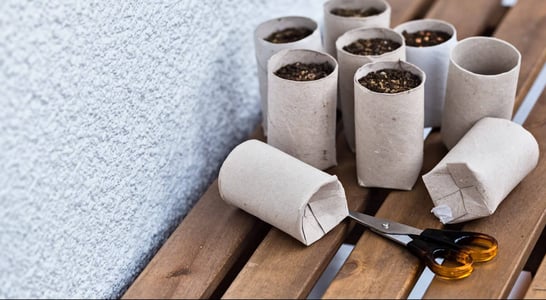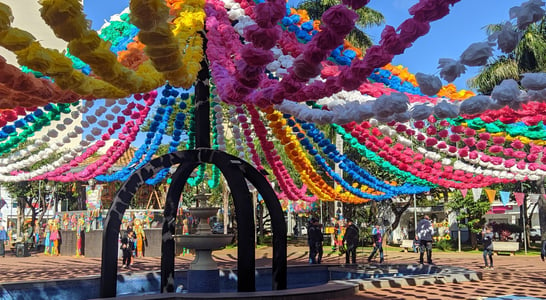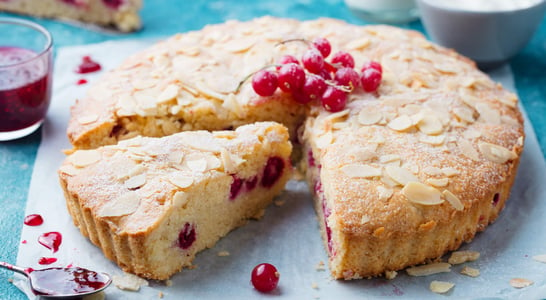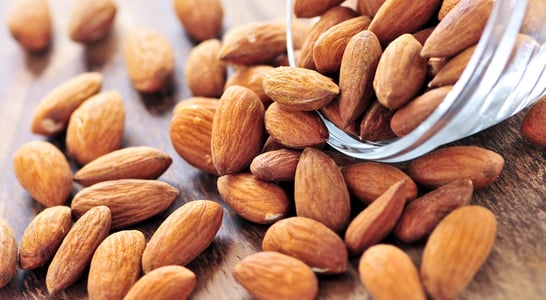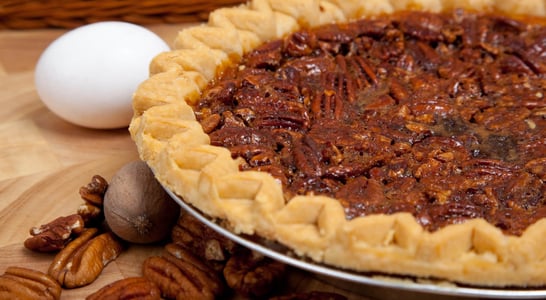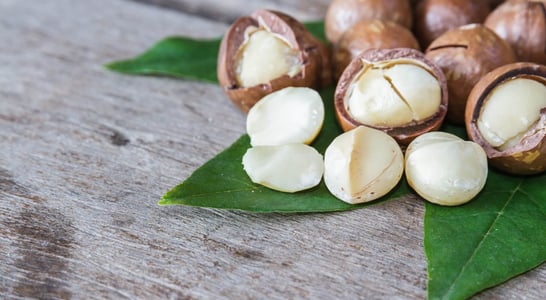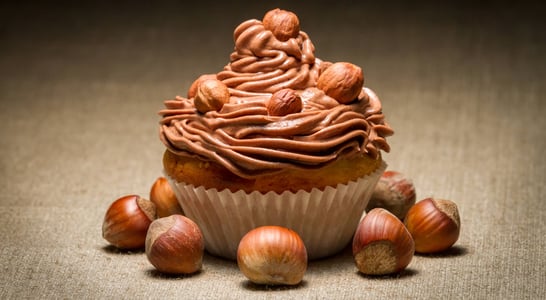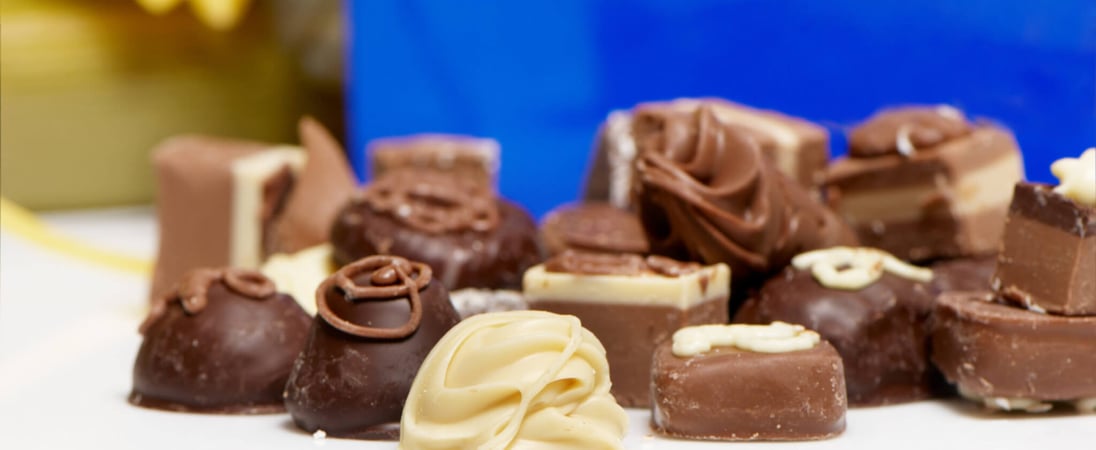
National Pralines Day
Indulge yourself in the rich, creamy, chocolatey treat known as pralines. Gather a few and host a taste-test, or try your hand and making them yourself.
Pralines are a delicious set of treats that are common throughout the world, they are a rich, creamy, chocolatey treat that is the height of confectionary decadence.
There are also cookies that are called pralines that share similar sets of ingredients and properties as the chocolates themselves.
National Pralines Day celebrates these wonderful little bundles of sugary joy and their history in the world. We know you don’t need an excuse to enjoy one, but on National Pralines Day you certainly have one!
How to Celebrate Praline Day
Well, the first and best way of celebrating National Pralines Day is to indulge yourself in the rich variety of flavors that are pralines. You can head down to your local candy shop and ask for samples, especially on National Pralines Day, and they’ll help you decide which batch of them you want to leave with.
Make no mistake, if you’ve never indulged in the delicious treat that is the Praline, you will be leaving with a batch of them, and be coming back for more.
What’s that? You’re diabetic? No worries! So loved are the Pralines that you can actually find sugar free varieties of them that are just as delicious as the original. National Pralines Day has something for everyone!
History of National Pralines Day
Long long ago a French sugar industrialist, the European praline came into existence at the Château de Vaux-le-Vicomte in the early 17th century. If you’ve ever seen pralines in the store that are little more than a whole almond coated in caramelized sugar, you’ve seen one of these original treats.
This simple pleasure is where it all got its start before nougat came into the picture, and as chocolate had yet to be discovered by the Europeans, neither did chocolate.
As soon as chocolate was discovered it was a no-brainer to add it to the delicious ingredient known as praline.
Praline is what you get when you take the nuts mentioned above and grind them into a powder, and once you finally add the last magical ingredient that is chocolate, it becomes praline. This wonderful little mixture is what’s used to fill chocolate treats that are now known as pralines.
Belgium came across it’s pralines after being inspired by these aforementioned delicacies, but they stood apart by having a rich chocolate center that was more liquid than solid.
These soft-center Belgian Chocolates come in hundreds of varieties and are a favorite of confectioners everywhere. As any chocolate aficionado will tell you, these are the absolute bees knees of the chocolate industry.
National Pralines Day FAQs
Did pralines play a role in women’s economic independence in 19th-century New Orleans?
Yes, they did. In the 1800s, African-American women, known as “praline women,” sold pralines in New Orleans.
This trade provided them with income and a degree of economic independence during a time of limited opportunities.
How did the French Ursuline nuns influence the spread of pralines in America?
The Ursuline nuns arrived in New Orleans in 1727. They taught young women, including the “casket girls,” domestic skills like praline-making. This education helped integrate pralines into local culture.
What are the key differences between French, Belgian, and American pralines?
French pralines combine almonds and caramelized sugar. Belgian pralines feature a hard chocolate shell with a soft filling.
American pralines, especially in the South, use pecans and cream, giving them a fudge-like texture.
Is there a debate over the correct pronunciation of ‘praline’?
Yes, pronunciation varies by region. In New Orleans, it’s often pronounced “prah-leen,” reflecting French influence. Elsewhere in the U.S., “pray-leen” is common.
How did the substitution of pecans for almonds in praline recipes come about?
In Louisiana, almonds were scarce, but pecans were abundant. Chefs adapted by using pecans, creating the distinct American praline.
Are there any myths associated with the origin of pralines?
One tale credits Clément Lassagne, chef to French diplomat César du Plessis-Praslin, with creating pralines. He allegedly invented them to soothe his employer’s sweet tooth.
How do different cultures incorporate pralines into their cuisines?
Beyond candies, pralines inspire desserts like praline-flavored ice cream, cakes, and pastries, showcasing their versatility.
What role did pralines play in the development of Creole cuisine?
Pralines contributed to Creole cuisine by blending French confectionery techniques with local ingredients like pecans, enriching the region’s culinary heritage.
Are there any festivals dedicated to pralines?
While there isn’t a specific praline festival, National Pralines Day on June 24th celebrates this confection, with various events and promotions highlighting its significance.
How have pralines influenced modern confectionery?
Pralines have inspired various confections, including praline-flavored chocolates and fillings, influencing the development of sweets worldwide.
Also on ...
View all holidaysNational Upcycling Day
Dig out those unused clothes, accessories, even furniture and “upcycle” them into something new with a bit of creativity and tender loving care.
National Bakewell Tart Day
Savor the exquisite blend of almond-infused goodness in a dessert that epitomizes the perfect harmony of flavors.
International Fairy Day
Join a festival or celebration that honors the mythical fairie, or settle in to read or watch a fairie tale featuring these remarkable, captivating creatures.
We think you may also like...
National Almond Day
This small but mighty nut is packed with protein and healthy fats, making it a great snack to keep you fueled throughout the day.
National Chocolate Pecan Pie Day
The only thing better than pecan pie is pecan pie with chocolate. Make your own, or find a bakery that sells chocolate pecan pie for this rare and tasty treat.
National Macadamia Nut Day
Enjoy a healthy, wholesome, but incredibly tasty snack of roasted macademia nuts, generally imported from Australia, on Macadamia Nut Day.
National Hazelnut Cake Day
Get nutty for hazelnut cake—a deliciously decadent treat that will have you going nuts for seconds! Each bite is a heavenly blend of rich chocolate and toasty hazelnuts. So don't be shy, grab a slice and let's get nutty!
